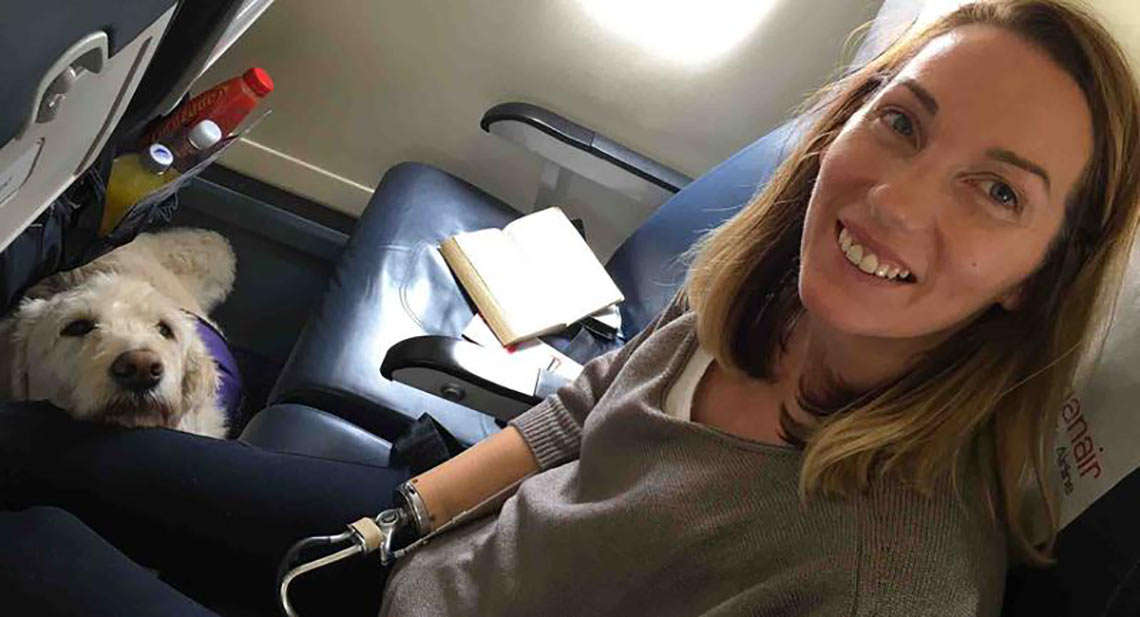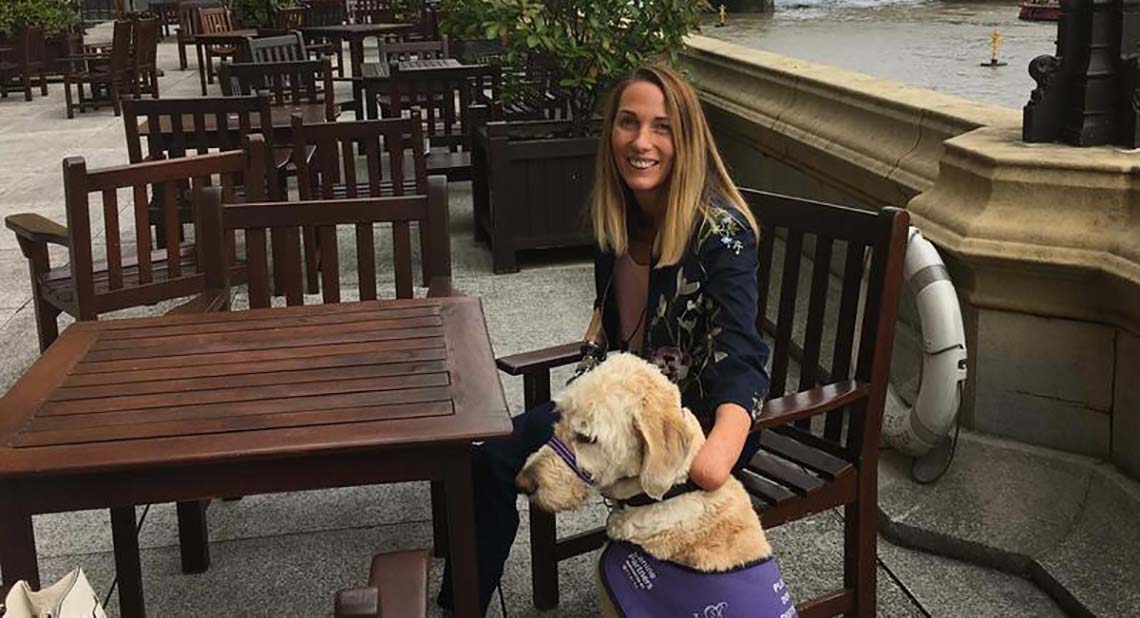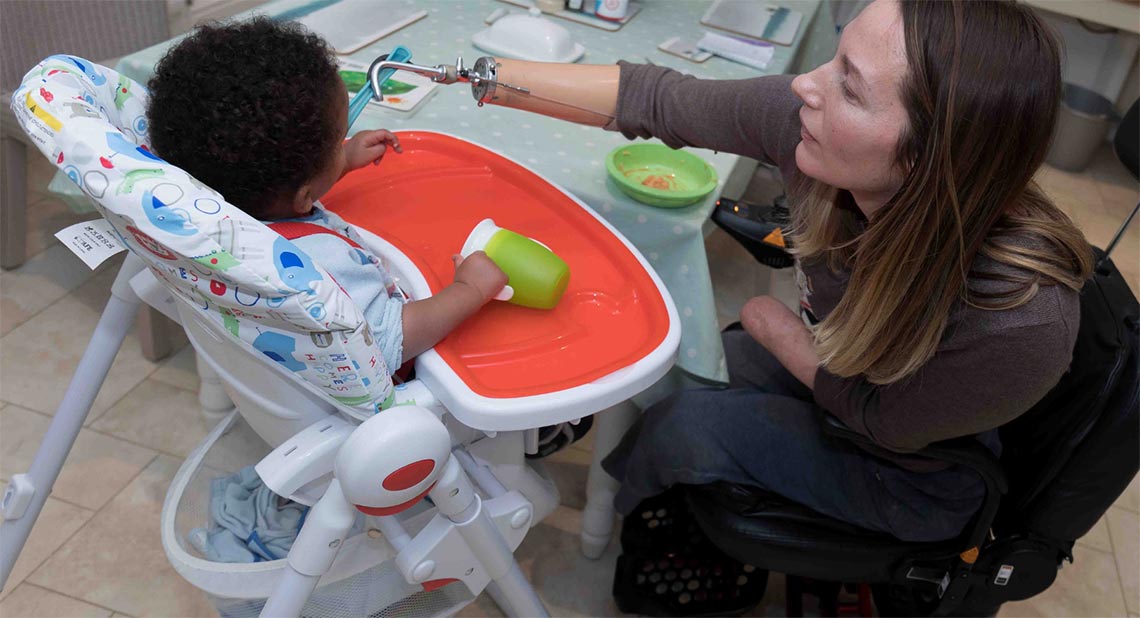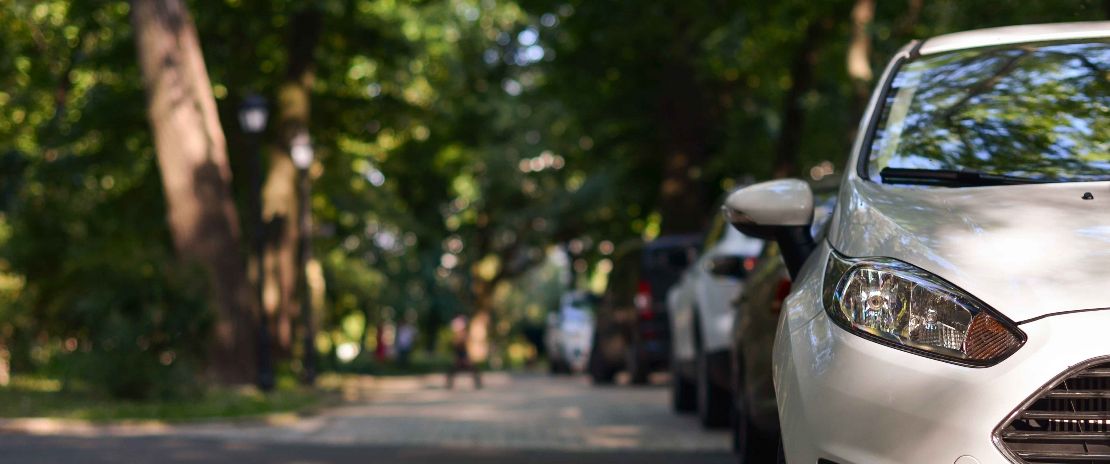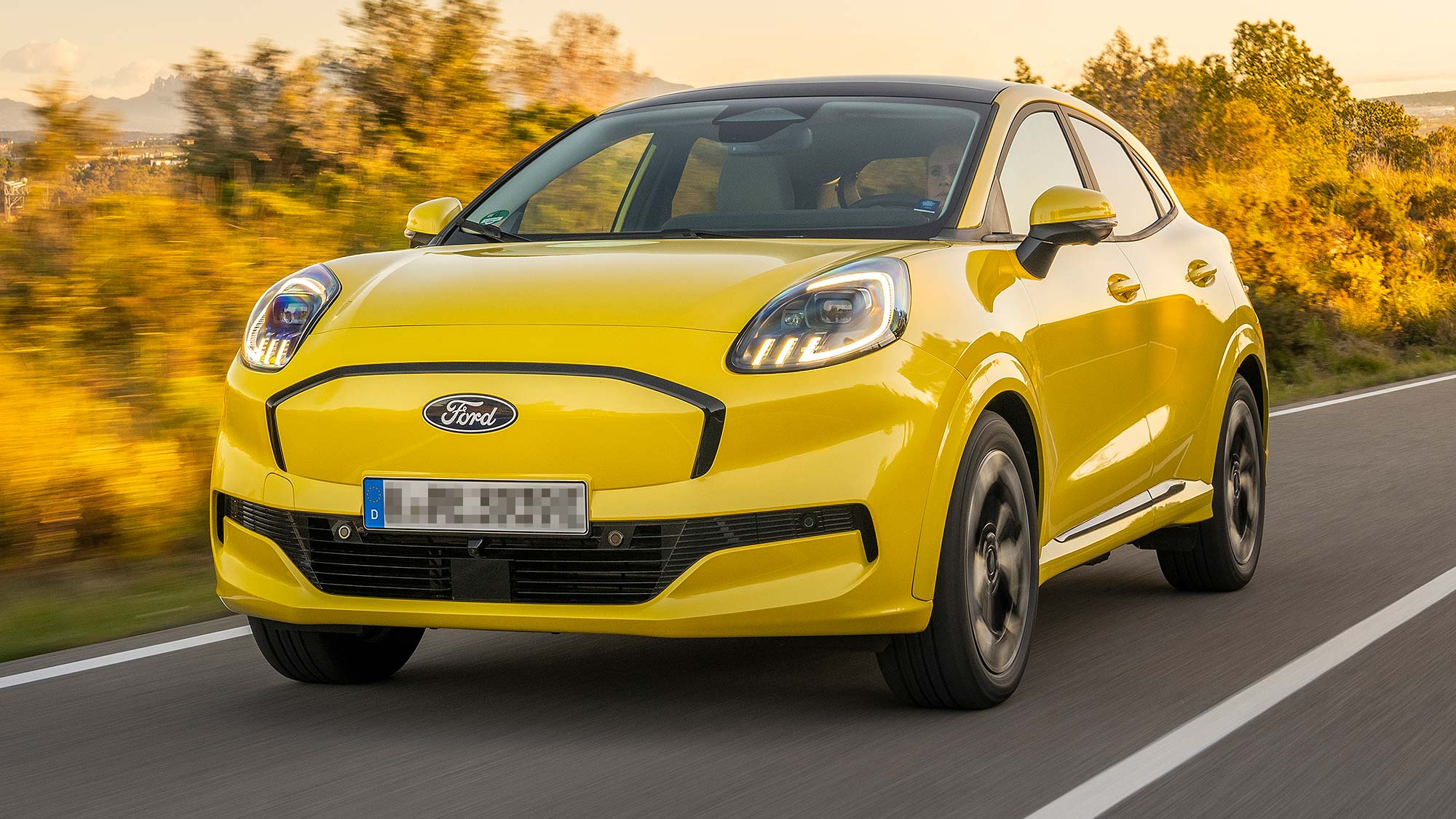Helen Dolphin is a frequent flier – especially within the UK, but she has also flown much further afield to Australia and the United States. Helen currently sits on the Civil Aviation Authority (CAA) Consumer panel and one of her main priorities is to help ensure that the flying experience for disabled people continues to improve. In this article, Helen shares her top tips for making your flying experience more accessible.
I’m lucky to have Norwich International Airport on my doorstep which flies to a fair number of destinations, but if I can’t get the flight I need from Norwich then I usually fly from Stansted Airport which is about one and a half hours away. I’m pleased to say that most of the time my flying experience has been good, but I know this is not always the case.
Special assistance
What is good to know is that if you are travelling by air within the European Union (EU), and have a disability, you are legally entitled to support, which is commonly known as ‘Special Assistance’. This means that airports and airlines must provide help and assistance for you free of charge. This assistance is available for people with visible and non-visible disabilities. Ideally you should try to book any assistance you need 48 hours before you travel. The way you book tends to differ from airline to airline, as sometimes you need to book by phone and other times you can do it online. If you have booked a package holiday it might be the travel agent or tour operator that books this for you. There have been occasions when airports don’t seem to have a record of my booking, so I always keep a copy of the confirmation just in case.
If you have booked special assistance you will need to present yourself at the “Special assistance” desk. If you have booked to have help through the airport, staff will meet you here. If you only want help from the gate you can make your own way there.
Do be aware that there are many parts of the world where similar rights are not available. Assistance may require a fee or not be available at all. When I did an internal flight in India there was no lifting equipment and I was literally just carried off the plane.
Mobility & Medical Equipment
When booking your special assistance, you will be asked if you are taking your own wheelchair/scooter (manual or powered) and what the weight and dimensions are. When you check in make sure you are given a tag to attach to your wheelchair/scooter. If you have your own wheelchair you should be able to use your own equipment right up to the departure gate. If your wheelchair has loose parts, then it’s worth bringing them inside the plane with you to ensure they don’t get lost. You may carry up to two mobility items free of charge, provided it is a reasonable request. It is not yet possible to travel in your own wheelchair but there is research going on in this area.
If your wheelchair/scooter gets damaged whilst being carried, the airline will be responsible and you will be able to claim compensation as well as being provided with a temporary alternative. However, the amount of compensation may be limited to around £1,300 so you may want to take out extra insurance.
As well as mobility aids you may also take medical equipment and supplies. Many airlines will want to see a medical certificate if you are taking large quantities of medication. You must have a certificate if you are taking more than 100ml of medicine in liquid or gel form through security.
Boarding & debarkation
If you are flying long haul the plane is usually boarded by an air bridge so if you have mobility problems, you won’t need to be lifted onto the plane. If it is a short haul flight, other passengers generally board by the aircraft steps and you will usually be boarded by an ambulift which is like a portable external lift parked next to the plane. In some airports a transfer wheelchair is used to lift you on and off. A hoist may also be available at some airports to help you transfer into your seat.
If you have asked for special assistance many airlines will board you first, but sometimes you will be boarded after everyone else.
On arrival, your wheelchair or mobility aid should be returned to you at the arrival gate. You will usually be a priority through passport control. If needed you can have assistance all the way through the airport to your car or the bus stop or taxi rank.
Access to toilets on board
Inability to use toilets on board is one of the reasons some disabled people choose not to fly. Although there are toilets on aircraft they can be difficult to get into as they are quite small. When I flew to Australia I took my prosthetic legs off on board so when I needed the toilet I had to use the on-board wheelchair to get there and transfer onto the toilet with the door open. Airlines are obliged to provide assistance to and from the toilet but that is all. You can request to sit close to the toilets if that would be beneficial.
Travelling with a carer
Many wheelchair users travel independently, and I have made a small number of flights on my own. However, airlines may decide that for safety reasons, you must travel with a companion. There do not seem to be any hard and fast rules but generally if you can’t evacuate independently in the event of an emergency you will need to be accompanied. If you do need to be accompanied your companion will usually need to buy their own ticket. You should wherever possible be sat together and an airline should never separate you if you need help understanding instructions.
Assistance dogs
I have travelled with an assistance dog on a number of internal flights. If you plan to take your assistance dog, you must tell the airline in advance who must allow it to travel without an additional charge. In my experience, the airline has always booked the seat next to me free of charge, so my dog has some extra floor space.
The airline may ask for confirmation that your dog has been trained to a standard that allows it to travel safely by air. I have usually had to scan and send a copy of the yellow ADUK identification booklet.
If you are travelling outside the UK, your dog will need to comply with the rules of the Pet Travel Scheme. If travelling outside the EU, you will need to check local quarantine rules.
Complaints
If something goes wrong with your special assistance or your flight then you should take your complaint directly to the airline or airport. If you are dissatisfied with their response you may be able to refer your complaint to an alternate dispute resolution (ADR) body. If the airline or airport does not have an agreement with an ADR, you can refer your complaint to the Civil Aviation Authority (CAA) or take direct legal action.
However, hopefully that will not be the case and you will have an enjoyable flight where everything goes smoothly.
Other useful articles
Toll road and congestion scheme charges across the UK
Driving in France when you are a wheelchair-user
How to: Get to grips with driving on country roads during the holiday season
![]()
